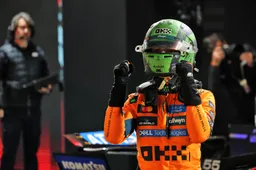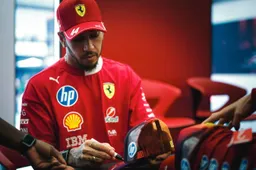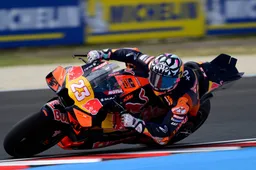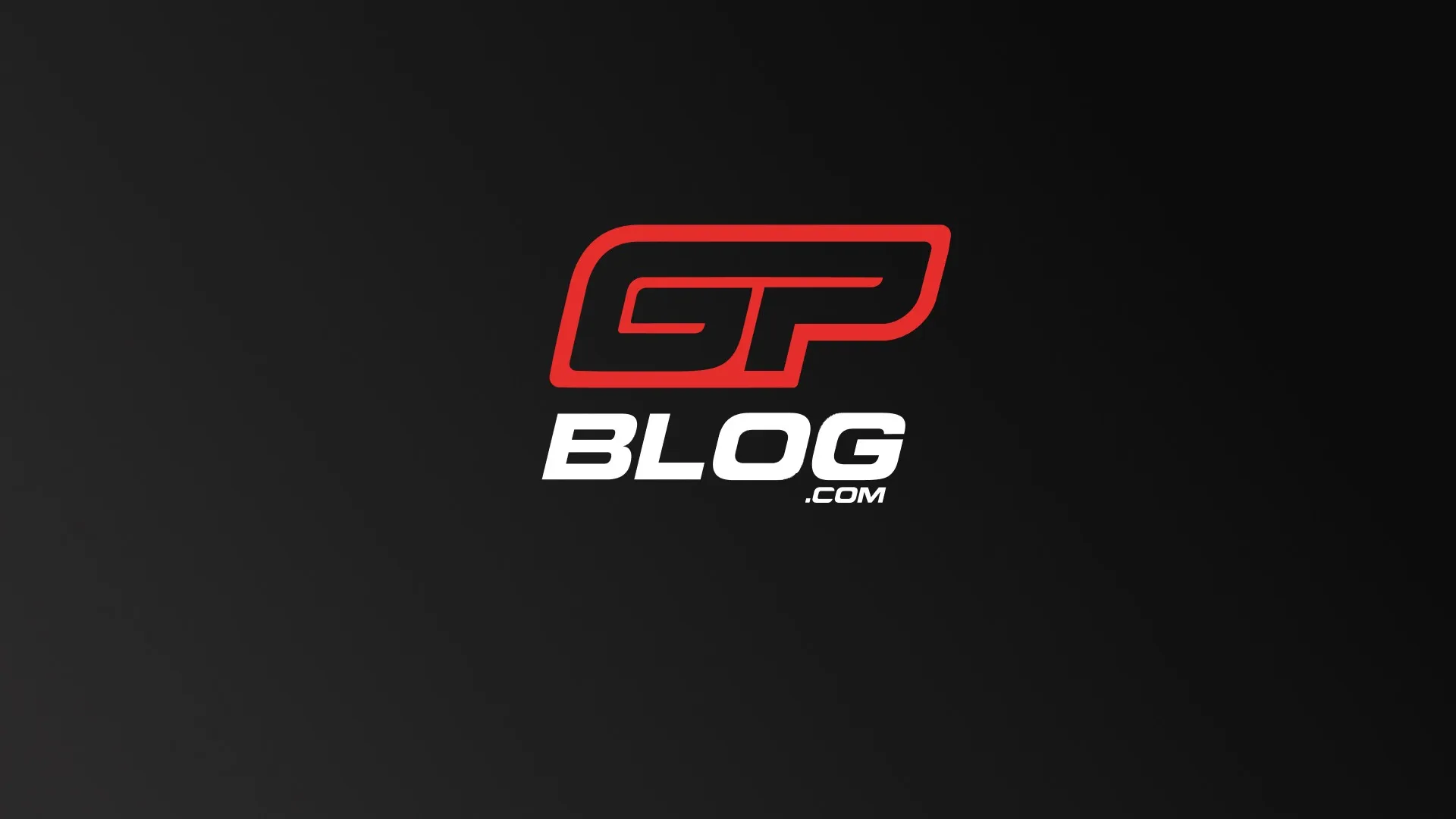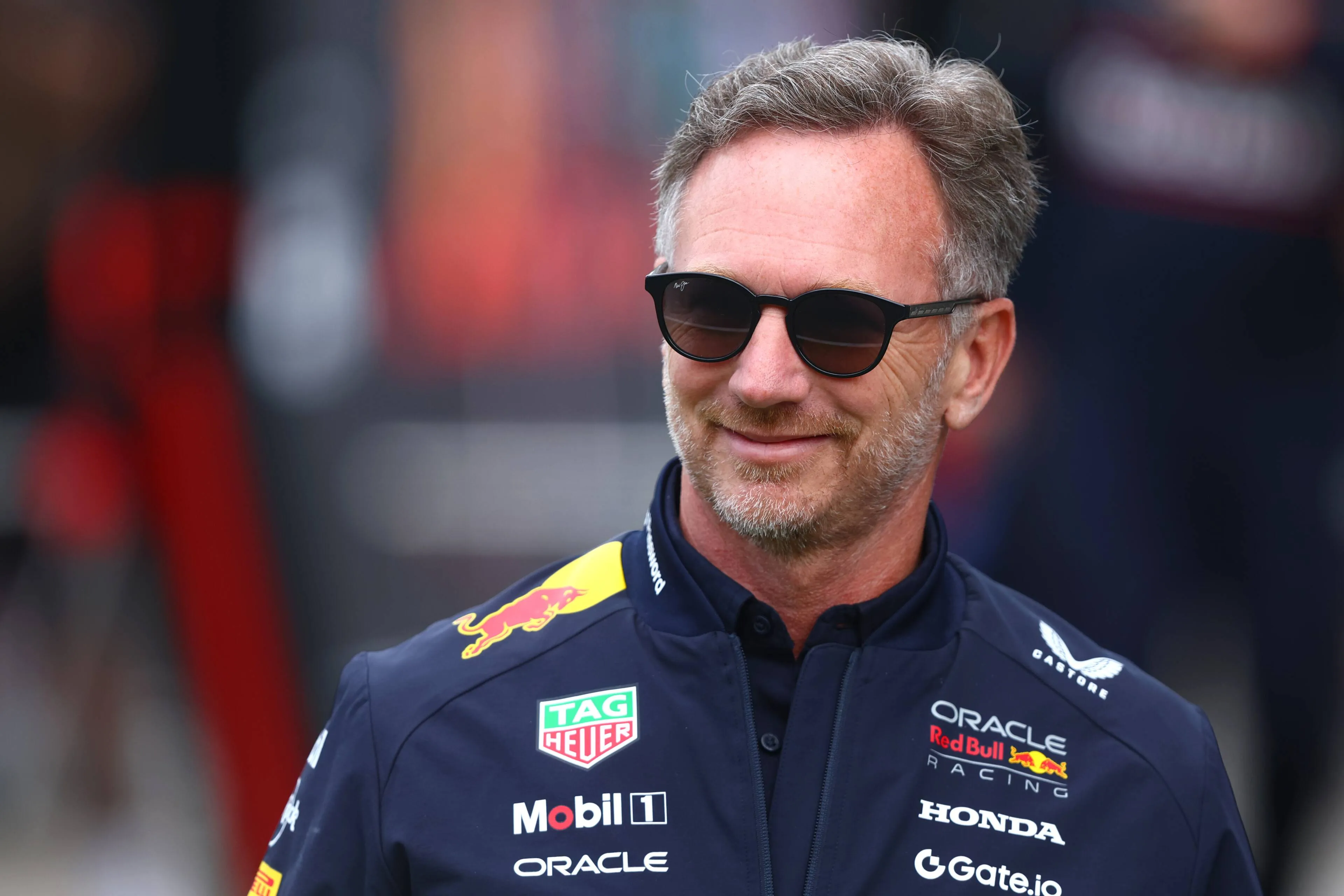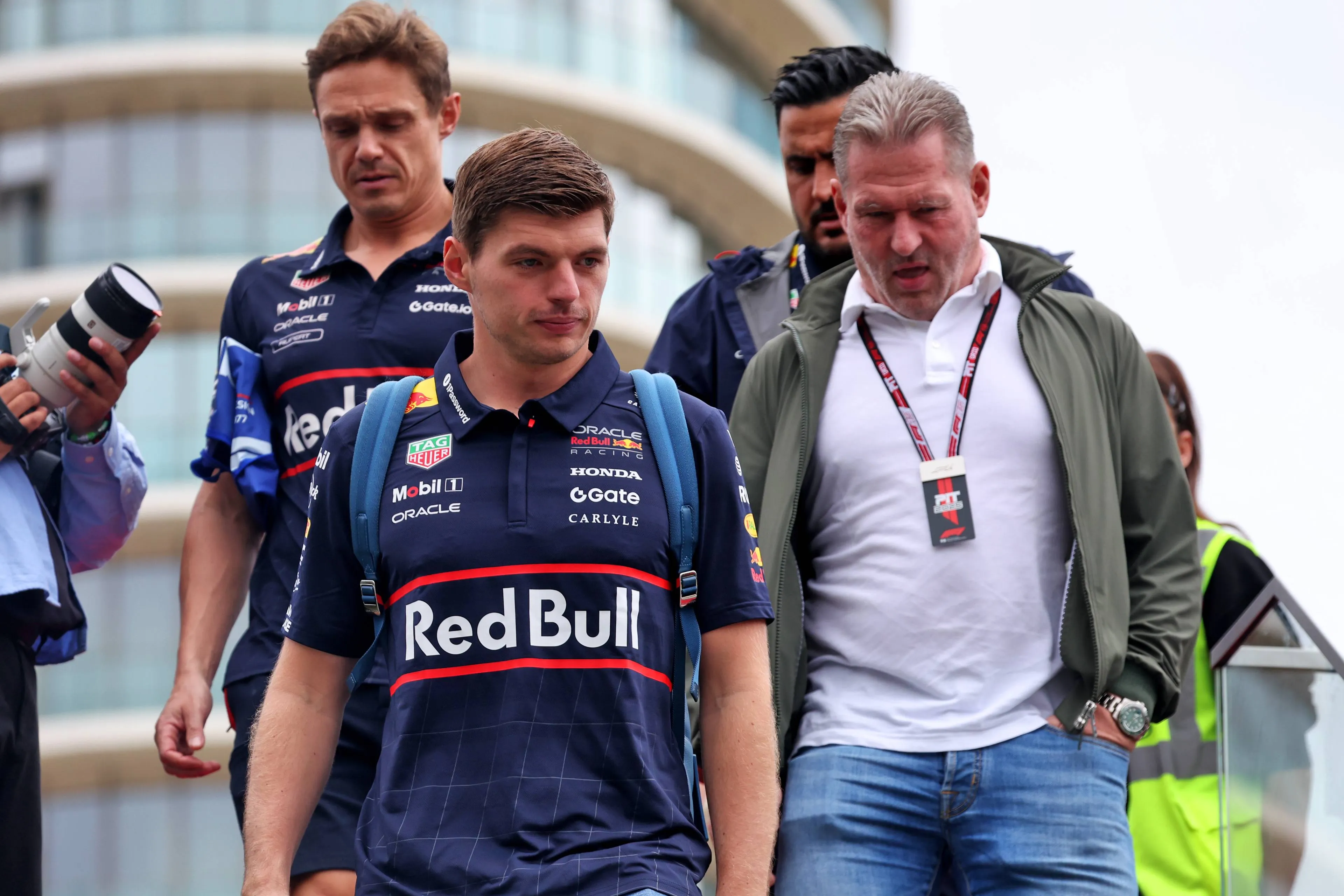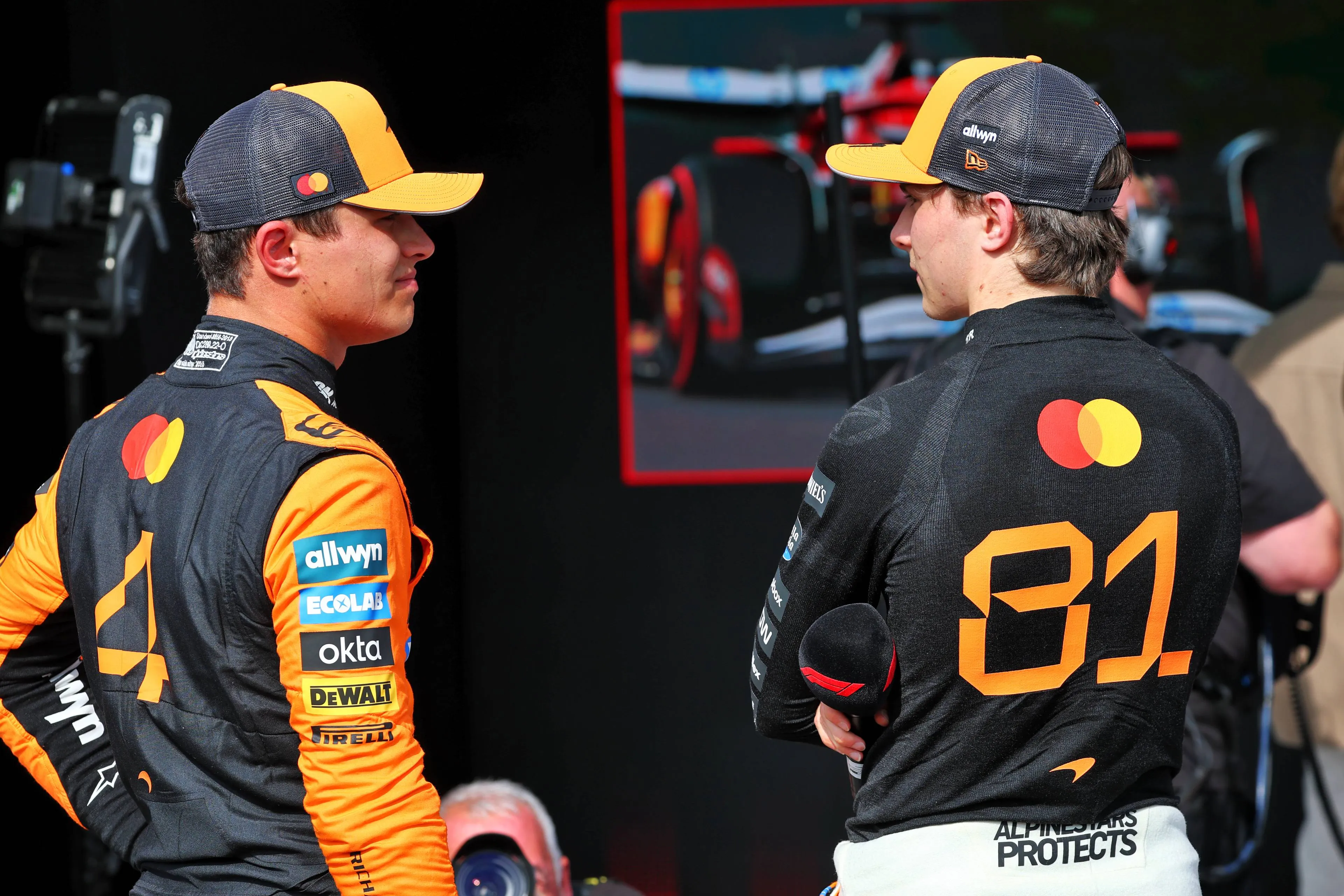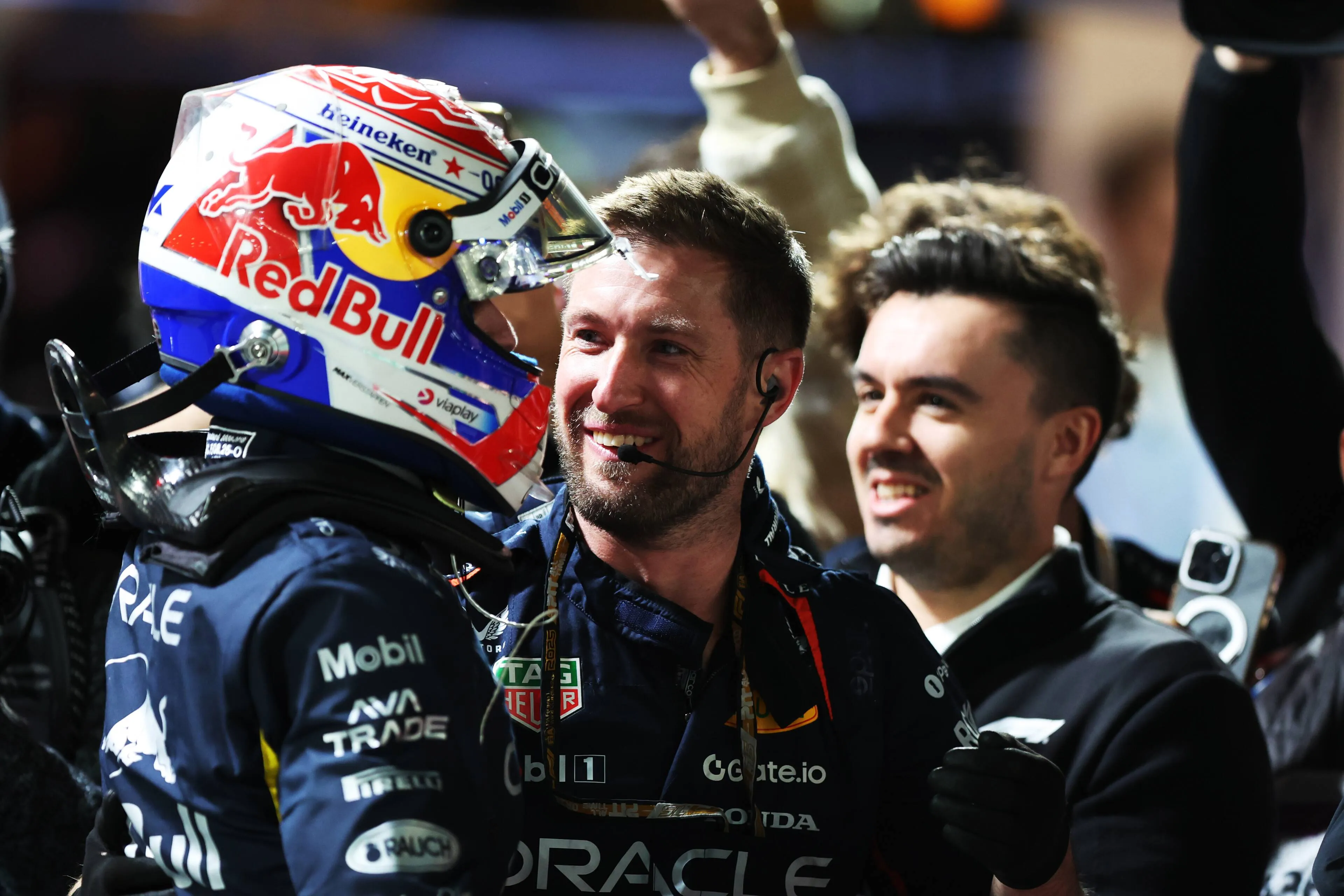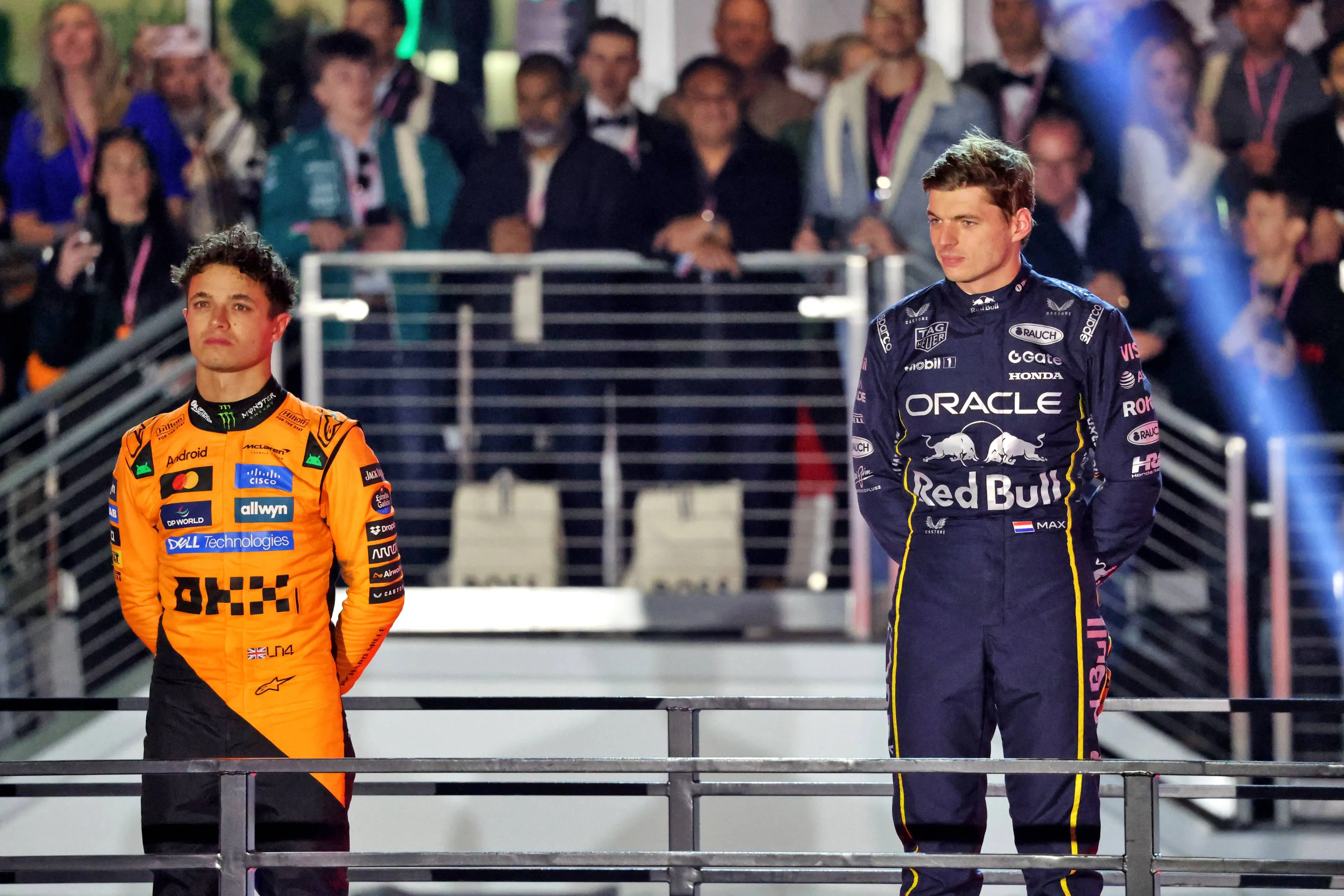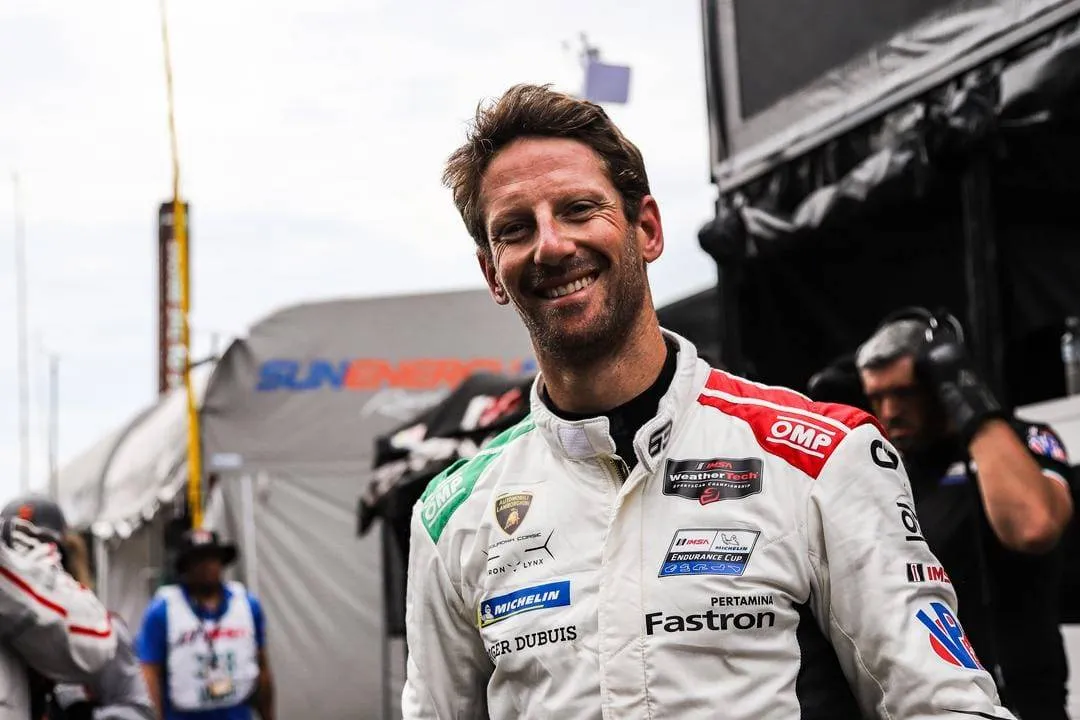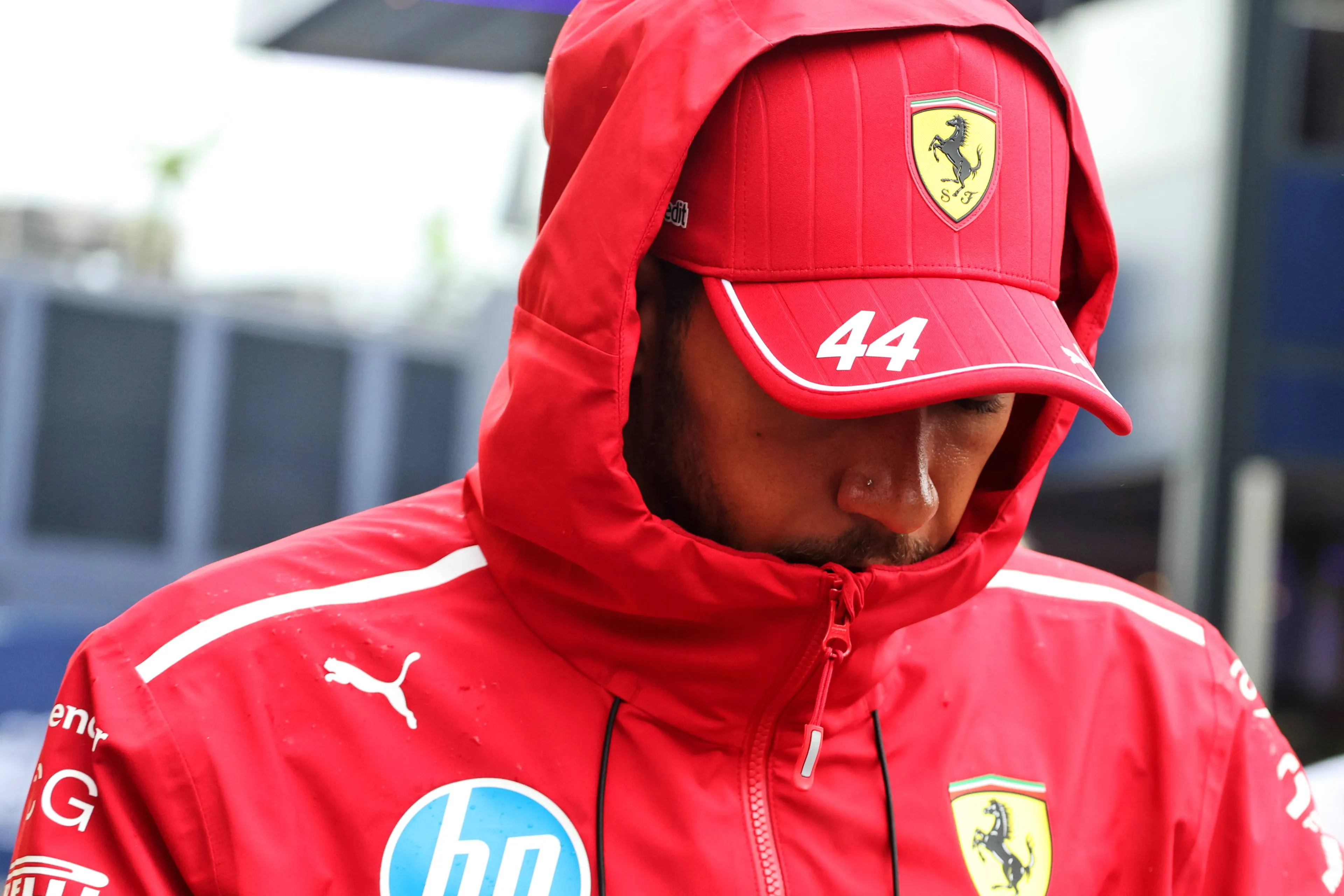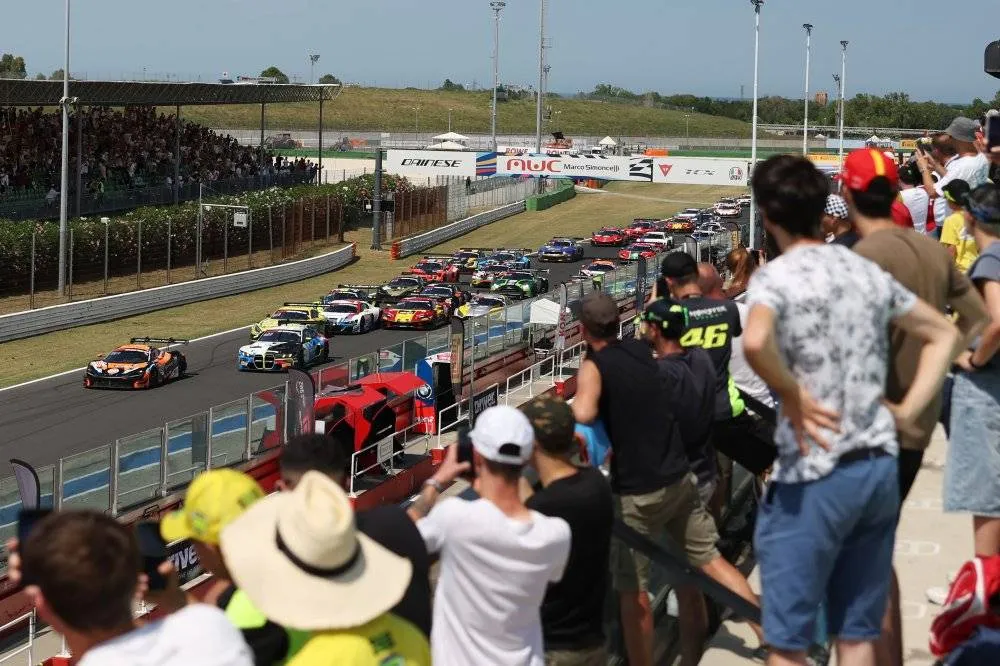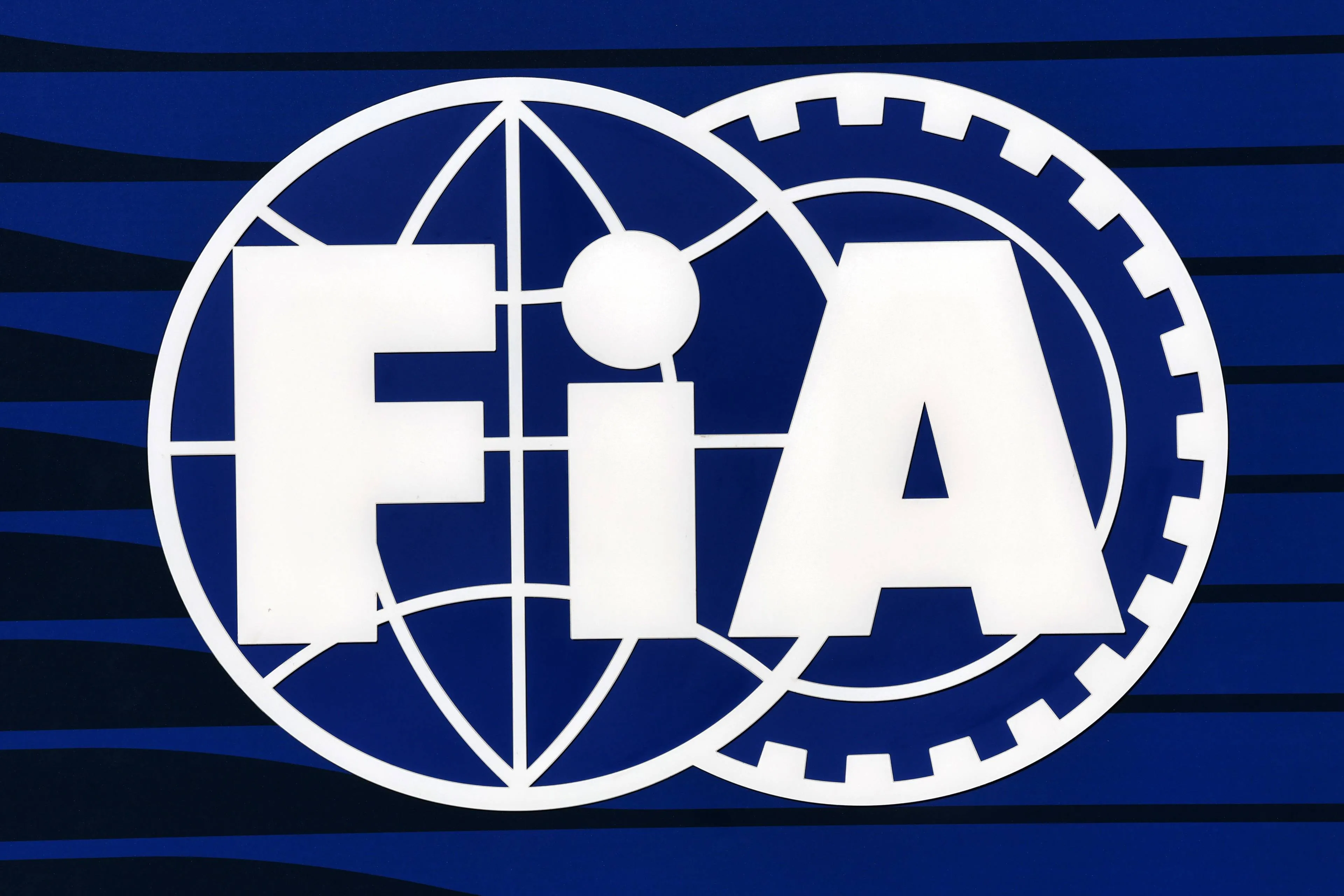
FIA reageert op zorgen GPDA-voorzitter Wurz over karting
GPDA-voorzitter Alexander Wurz uitte recent zijn zorgen over ontwikkelingen binnen de kartsport. Volgens de voormalig Formule 1-coureur zouden kosten en veiligheidsrisico’s kunnen toenemen door de introductie van aerodynamische onderdelen zoals bodemplaten en vleugels. De FIA heeft nu een uitgebreid statement uitgebracht, waarin de zorgen krachtig worden verworpen en de geldende regels worden verduidelijkt.
Wurz slaat alarm
In een exclusief interview met GPblog legde Wurz uit dat de Grand Prix Drivers’ Association, die de belangen van de Formule 1-coureurs behartigt, vreest dat er onnodige complexiteit in de kartsport sluipt.
Wurz benadrukte dat hij sprak in zijn officiële rol als voorzitter van de GPDA, namens de leden.
FIA geeft officieel statement
De FIA heeft inmiddels gereageerd met een uitgebreide schriftelijke verklaring. De federatie weerspreekt de geuite zorgen krachtig en benadrukt dat aerodynamische aanpassingen niet zijn toegestaan in FIA-gehomologeerde karting. Ook wijst de organisatie op strikte homologatieregels en aangescherpte veiligheidsstandaarden.
Statement van de CIK-FIA Karting Department:
The FIA strongly refutes a number of assertions made in comments carried in a recent article published by GPBlog.com.
The article claims that “[Karting] is increasingly allowing aerodynamic parts on the kart” and that “they come up with floors, and with different kinds of wings and downforce settings.”
These statements are incorrect and misrepresent the CIK-FIA Karting Technical and Homologation Regulations which govern FIA-sanctioned Karting events and explicitly prohibit modifications to the aerodynamics, wings, or floors of karts.
To clarify:
- Article 4.6 of the Karting Technical Regulations, updated by the World Motor Sport Council in February 2025, specifically prohibits alterations to the floor trays of karts.
- The technical regulations also stipulate that only components expressly approved by the FIA may be used, thereby preventing the use of untested or non-homologated parts.
- All homologated bodywork must undergo FIA-standard crash testing, ensuring safety and integrity. There are currently five manufacturers who have homologated bodywork parts with a numbering system in place to ensure and track regulatory compliance.
- Under Article 22 of the Homologation Regulations, bodywork must be air-blow moulded, which inherently prevents adjustable aerodynamic features.
- Additionally, Article 3.2 of the Technical Regulations prohibits any modifications to homologated bodywork as inferred was possible or taking place in the article.
The FIA welcomes the opportunity to clarify these points and reiterate the strict regulatory framework in place which ensures consistency, safety, cost containment and fairness in karting.
The claims made in the article regarding alterations are not permitted in FIA-sanctioned Karting events and it is important to note that all components, including bodywork, are tightly controlled through homologation and scrutineering procedures that prevent any unapproved modifications.
We also wish to address the following comment quoted in the article “We are looking out for the kids in karting, and we are concerned. We think it's in the wrong direction and it should be stopped ...”
Safety will always be the key priority of the FIA. Suggestions that safety has been compromised to accommodate kart upgrades are entirely baseless and untrue. In fact, the technical regulations have been strengthened this year to further enhance safety standards.
The FIA has in recent years developed several new safety standards for karting, such as the karting body protection, karting light panels and karting helmet standards. The FIA continues to strengthen safety standards in karting and will shortly release a completely new safety device for karting.
The FIA remains deeply committed to making karting more accessible and inclusive. Through our Global Karting Plan, we are introducing new categories and competitions such as the FIA Karting Arrive and Drive World Cup in November where standardised karts will ensure technical and financial parity in a competition that identifies and rewards racing talent.
The technical regulations can be found on the FIA website: https://www.fiakarting.com/page/technical-regulations
The homologation regulations can be found on the FIA website: https://www.fiakarting.com/page/homologation
Context en verduidelijking
In de verklaring gaf de FIA ook aan moeite te hebben met de manier waarop de zorgen werden weergegeven, en stelde dat de opmerkingen over aerodynamische ontwikkelingen als feit zouden zijn gepresenteerd. GPblog benadrukt dat dit directe quotes waren van GPDA-voorzitter Alexander Wurz, die voorafgaand aan publicatie bevestigde dat hij namens de leden van de coureursvereniging sprak.
Voorafgaand aan publicatie werd de FIA rechtstreeks benaderd voor commentaar en kreeg men de gelegenheid om te reageren. Op dat moment werden er geen feitelijke bezwaren gemaakt tegen de quotes. Wel werd de kop van het artikel aangepast in overleg met de FIA, om de formulering te verduidelijken.
In haar reactie wees de FIA verder op recente stappen om de veiligheid in de kartsport te verbeteren, zoals nieuwe helmen- en bodyprotectie-standaarden. Ook verwees de federatie naar het Global Karting Plan, dat is gericht op meer toegankelijkheid en kostenbeheersing.
Twee perspectieven
Met zowel de zorgen van Wurz als de reactie van de FIA volledig gepubliceerd, kunnen lezers nu zelf hun oordeel vormen. Enerzijds waarschuwt de GPDA voor onnodige complexiteit en stijgende kosten in de kartsport. Anderzijds benadrukt de FIA dat haar reglementen dergelijke ontwikkelingen al verbieden en dat veiligheid en toegankelijkheid de hoogste prioriteit hebben.
Populair nieuws

F1 LIVE | Zak Brown bevestigt McLaren-diskwalificatie in Las Vegas!

Norris riskeert straf door riskante opmerking na GP Las Vegas

Officieel: Beide McLaren-coureurs gediskwalificeerd van GP Las Vegas
